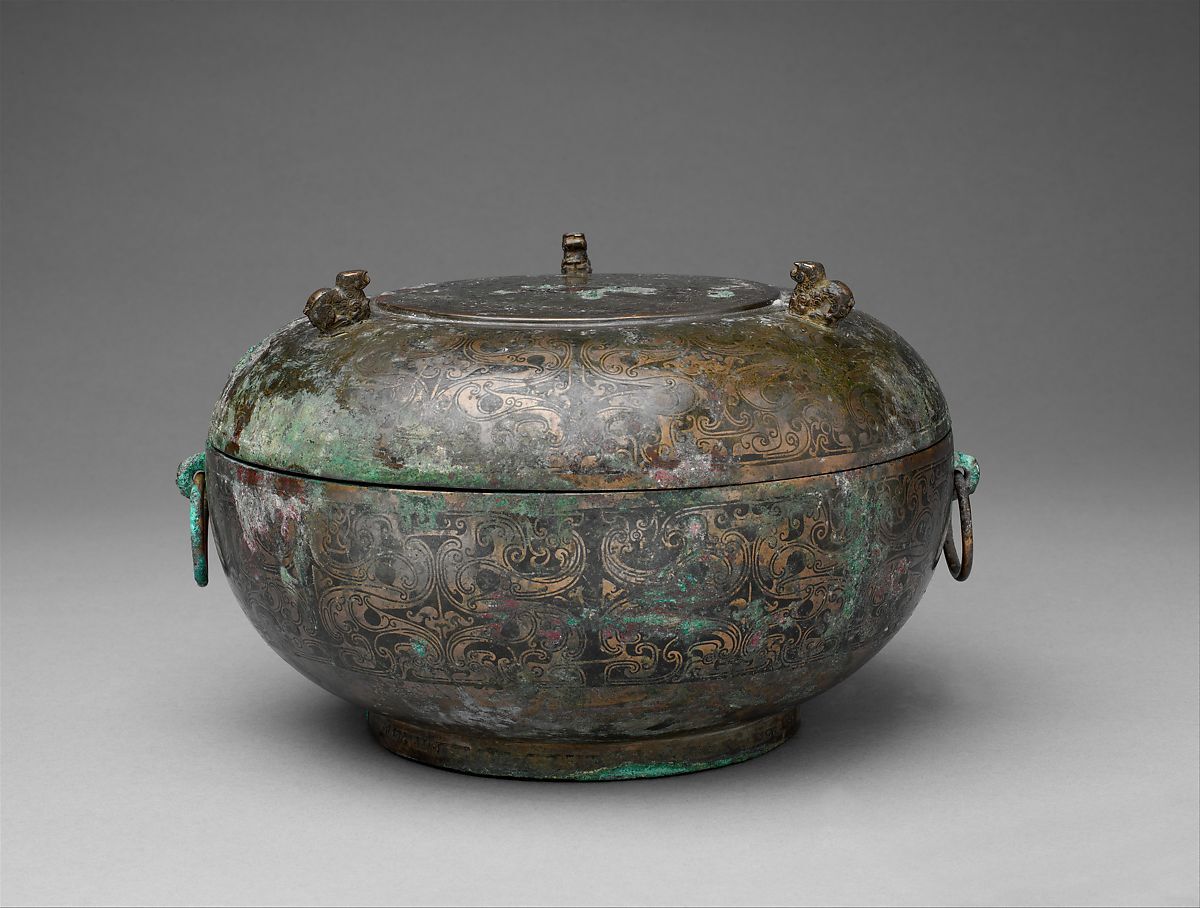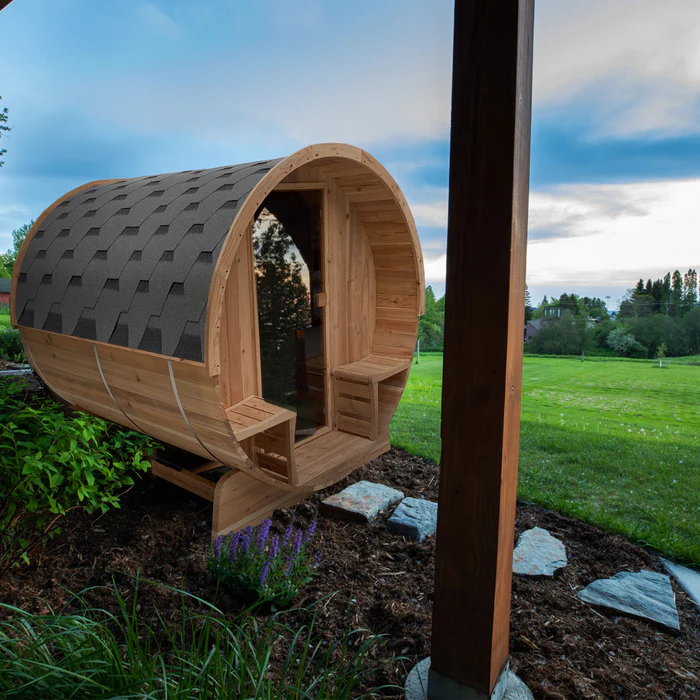Bronze casting is used to make a range of tools, machine parts, and so much more. But not a lot of people are aware of its history.
Bronze work has incredibly been traced back to 5000 B.C, if not before. Many cultures used bronze as a means of fusing metals into alloys. This practice is thought to have started in around 1800 B.C.
The Egyptians
It’s thought that the Egyptians were the first people to mine for copper. This copper came from Cyprus. In order to produce bronze casts, metal needs to be heated to at least 1,700 degrees Fahrenheit. The metal then needs to be poured into a mold. Early molds were cut into a hard material such as stone. Others were made of clay and sand that had been bonded by oil. The original piece was pressed into the mold and the cavity was filled up with molten metal.
The Greeks
One of the most popular ways to cast bronze is to use the “Lost wax technique”. Used in Egypt in 1570 B.C, this technique is thought to have also been used in China about 20 years later. The Greeks also used castings such as this in the 7th century B.C.
Hollow core casting was a huge breakthrough that required the use of a lot less metal. Instead of being made from solid wax, refractory material was used. This material was held into the desired position by some bronze pins. The next step was to melt the wax out so that some bronze could be poured into the gap that existed between the mold and the core. As soon as the bronze was cool, the mold and core could be removed by chiseling it.
India and China
Centuries later, India and China saw art that was made of bronze start to flourish. Human figures including dancers were engraved and precious stones and metals were added.
The Italian cities of Venice and Florence began to attract some of the best sculptors that the world has ever seen. This incredible work began to emerge with the Renaissance.
Germany
In Germany, during the 18th century, cannons and large bells that weighed thousands of pounds were created in one pour. This technique was soon used in France where large statues were cast in one or very few pours. While much of the bronze work that was produced was made for use in homes, a statue of Peter the Great was cast. The stature weighed 16 tons and it was cast using just one pour.
Rodin and His Sculpture
Rodin, who was and still is considered to be one the greatest sculptors ever used living models for his designs. The results were so realistic that some accused him of making a mold out of a living man.
Bronze casting is still used to this day all over the world. While the techniques and uses have changed over time, many methods are very similar to those used thousands of years ago.

















